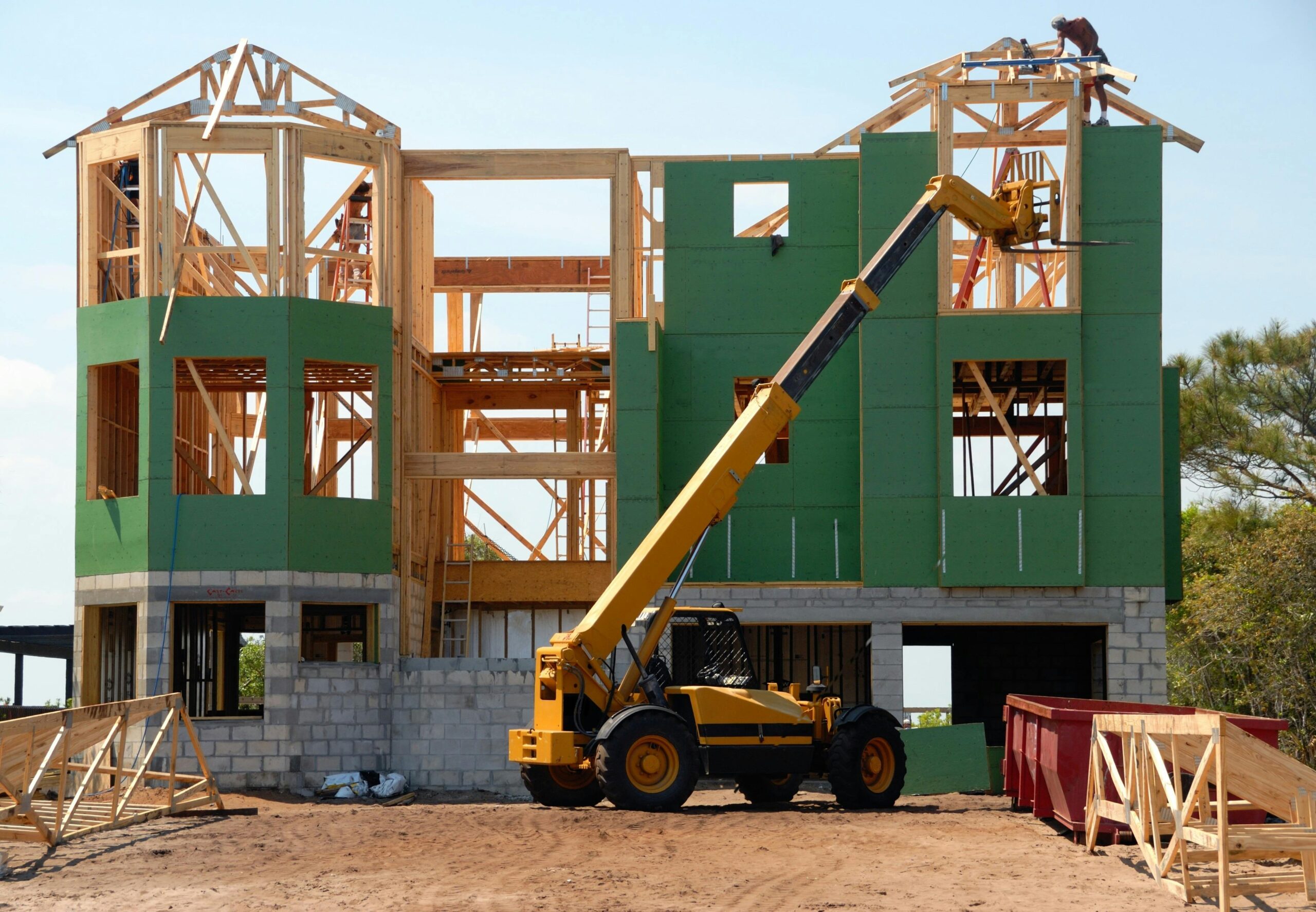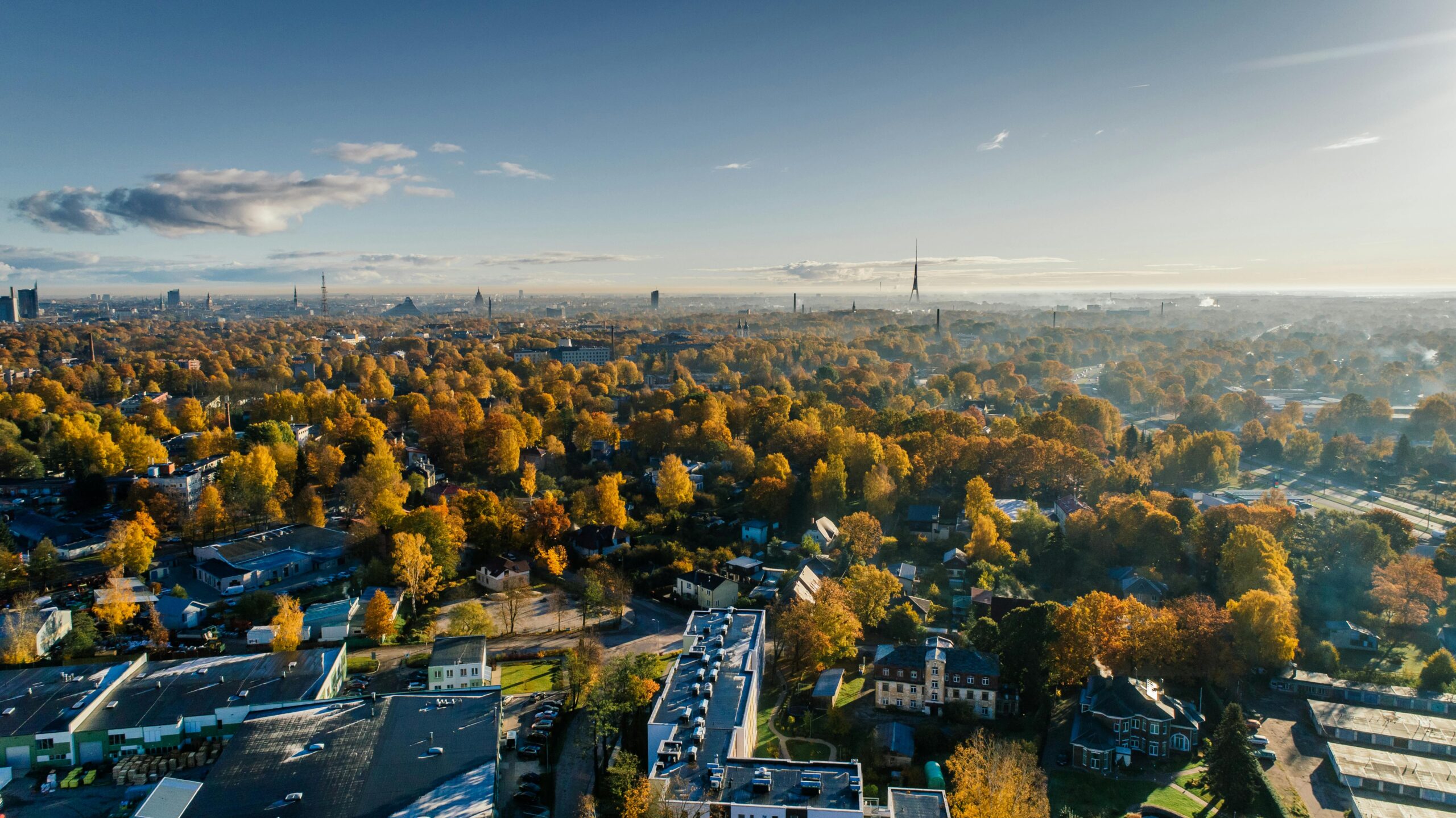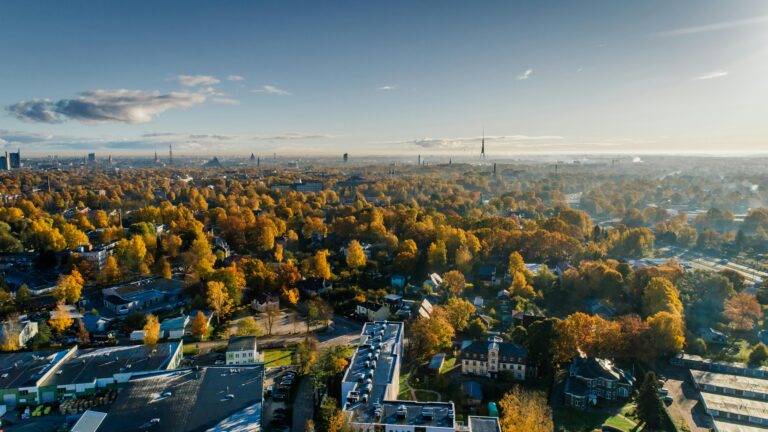
The real estate market is constantly evolving, and smart investors are always on the lookout for the next hot neighborhood. Buying property in an up-and-coming area before home prices skyrocket can lead to significant financial gains. However, identifying these neighborhoods early requires research, keen observation, and strategic thinking. In this guide, we’ll walk you through key factors to watch for, research methods to use, and actionable steps to find the next booming area before everyone else.
-
Look for Infrastructure and Development Projects
One of the biggest indicators that a neighborhood is about to experience growth is the presence of large-scale infrastructure projects. Cities and municipalities invest heavily in roads, public transportation, and community developments that signal an area’s potential.
- New Transit Lines: The construction of subway extensions, light rail systems, or new bus routes can significantly increase property values in surrounding areas.
- Highway and Road Improvements: Easier accessibility makes an area more desirable for both residents and businesses.
- Mixed-Use Developments: Retail centers, entertainment hubs, and business districts are strong indicators of future demand.
- Tech and Business Hubs: When major corporations move their offices to a new area, property values often rise in response to increased demand from workers.
-
Monitor Real Estate Trends and Pricing Patterns
To identify emerging neighborhoods, it’s crucial to analyze market trends. Keep an eye on:
- Rising Property Values: If an area is experiencing steady but not yet extreme price increases, it may be on the verge of a boom.
- Decreasing Vacancy Rates: A shrinking number of available rental units often signals an increasing demand for housing.
- Comparative Pricing: If a neighborhood adjacent to a high-demand area has significantly lower property prices, it may soon follow the trend of its more expensive neighbor.
- Days on Market (DOM): If properties are selling faster than before, it indicates growing interest in the area.
-
Pay Attention to Migration and Demographics
Changes in population demographics can be a strong indicator of future growth. Some things to consider include:
- Inflow of Young Professionals and Millennials: This group often seeks affordability, walkability, and vibrant local culture.
- Increase in Family-Friendly Amenities: If schools, parks, and daycare centers are being built, the area is attracting long-term residents.
- Gentrification Trends: If artists, entrepreneurs, and small businesses are moving in, larger-scale development may soon follow.
- Employment Growth: A growing job market often brings a higher demand for housing, pushing up home values.
-
Research Local Businesses and Retail Growth
The types of businesses moving into an area often indicate its potential for growth. Look for:
- Trendy Cafés and Restaurants: Popular food chains and coffee shops often open in areas with increasing disposable income.
- Grocery Stores and Supermarkets: When major retailers expand to a new neighborhood, they do so based on extensive market research.
- Boutique Shops and Art Galleries: These often signal an influx of a creative and affluent population.
- Co-Working Spaces and Startups: These indicate a rising demand from freelancers and entrepreneurs looking for affordable office alternatives.
-
Watch for Government Incentives and Zoning Changes
Local governments often introduce policies that drive neighborhood revitalization. Key indicators include:
- Tax Incentives for Homebuyers and Investors: Programs offering tax breaks can encourage real estate activity.
- Zoning Law Adjustments: If an area is rezoned to allow mixed-use developments, it could lead to increased demand.
- Historical District Revitalization Programs: Efforts to restore older neighborhoods often attract new residents and businesses.
- Affordable Housing Initiatives: These programs can bring a steady influx of residents who later help improve the neighborhood’s economy.
-
Walk the Neighborhood and Engage with Locals
Data and statistics are valuable, but nothing compares to firsthand experience. Spend time in potential investment areas and take note of:
- Street Activity: Are there people walking, jogging, or biking? A lively neighborhood is often a desirable one.
- Property Conditions: Are homes well-maintained, or is there visible investment in renovations?
- Community Events: Farmers’ markets, festivals, and pop-up shops suggest an engaged and thriving community.
- Conversations with Residents and Business Owners: Locals can provide insights into the area’s reputation and future expectations.
-
Follow Real Estate Experts and Industry News
To stay ahead of the curve, keep up with:
- Local Real Estate Agents: Many agents specialize in emerging markets and can provide insights on promising neighborhoods.
- Real Estate Investment Groups: Online communities and forums often share valuable tips.
- Urban Planning and City Council Meetings: These can reveal future development plans.
- Housing Market Reports and Analytics: Use tools like Zillow, Redfin, and Realtor.com to track price trends.
-
Act Early but Smartly
Once you’ve identified a promising neighborhood, it’s crucial to act before the market becomes too competitive. However, due diligence is essential. Steps to take include:
- Get Pre-Approved for a Mortgage: This gives you a competitive edge when making offers.
- Consider Off-Market Deals: Some of the best opportunities never hit public listings.
- Analyze Rental Demand: If buying for investment, ensure there’s a strong tenant market.
- Leverage a Real Estate Network: Work with knowledgeable agents, lenders, and investors to refine your strategy.

Finding the next hot neighborhood before prices soar requires a mix of research, observation, and strategic action. By monitoring infrastructure developments, real estate trends, demographic shifts, and local business growth, you can make informed decisions that position you for long-term financial success. While no investment is risk-free, those who recognize opportunity early and act decisively stand to benefit the most. Stay vigilant, stay informed, and you just might discover the next big real estate hotspot before the rest of the market catches on.





